Sports cars are made to be more exciting alternatives to the daily driver cars and inject excitement into the driver’s commute – all without costing an arm and a leg to keep going. But sports cars are also built for showing off and blasting down a back road or mountain pass with flair.
Many automakers try their hand at producing sports cars – some for the first time. Sometimes they get the formula right and the sports car is an astounding success, whilst most of the time there is much to be desired. Some truly awful sports cars were manufactured by companies that have produced great cars in other segments, but should have known better with sportier offerings – which usually happens when two or more companies collaborate to reduce research and production costs.
These sorts of sports cars are then criticized because of their many flaws, resulting in low sales, eventually costing the company or companies involved more money than they bargained for. Here are 10 of the biggest sports car flops of the 21st century.
10 Chrysler Crossfire
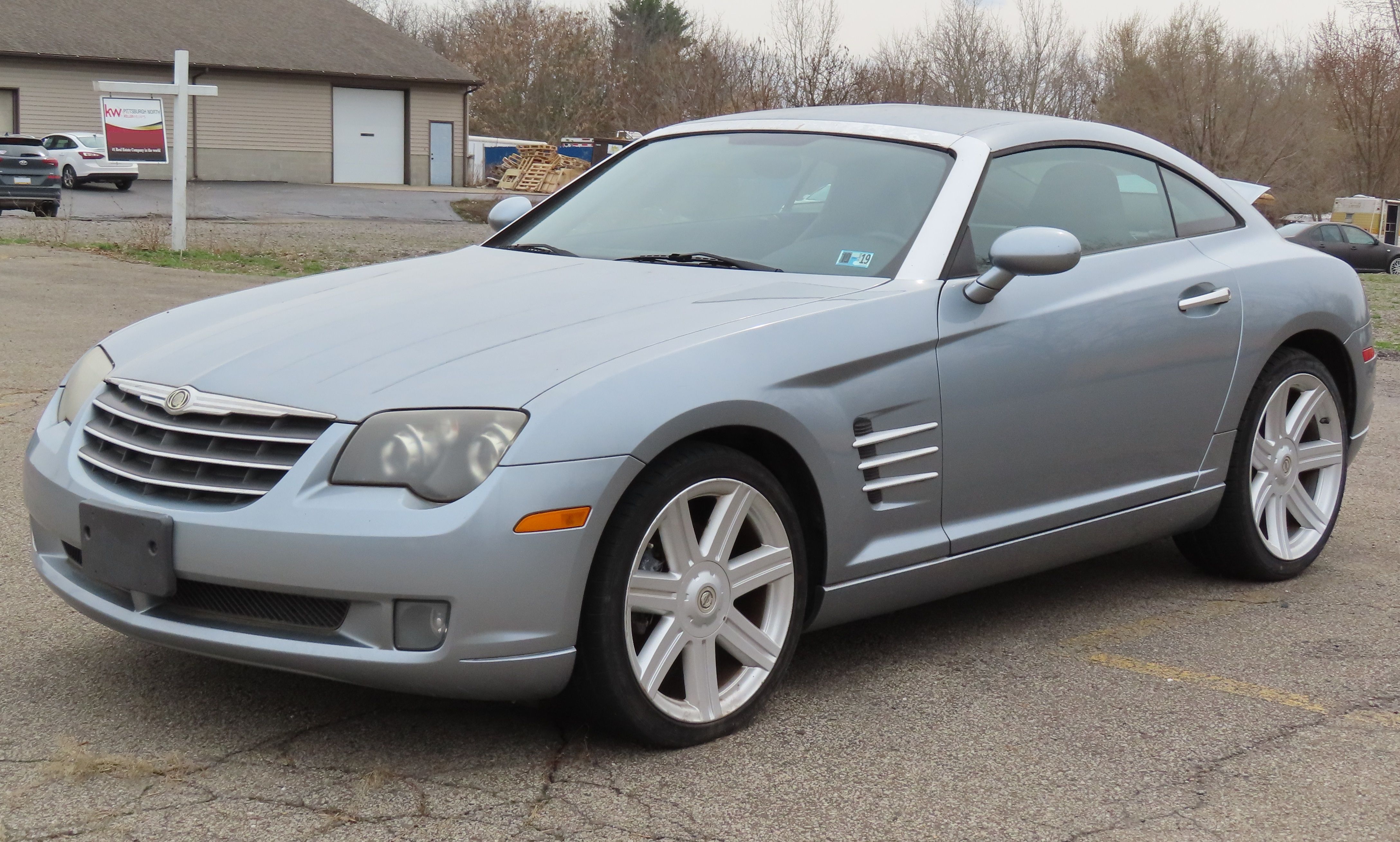
The Chrysler Crossfire was an interestingly terrible car. It was based on the R170 Mercedes SLK and due to Daimler-Benz acquiring Chrysler in the late 1990s, the Crossfire shared almost all the mechanical parts from the SLK.
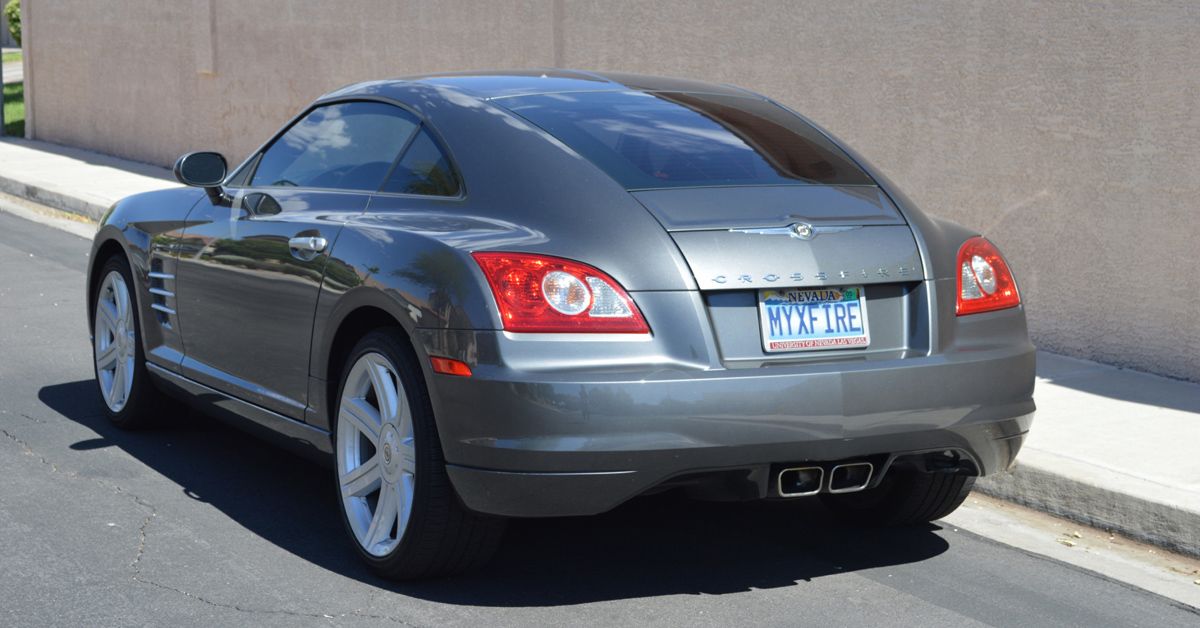
The cars were so similar that even the interior was the same, yet somehow, the Crossfire was worse than the SLK in every way. Reviewers criticized the Crossfire’s ride quality and driving experience, with the automatic version receiving scathing reviews. The Crossfire was built between 2003 and 2007, during which time all its rivals were much more advanced and popular.
9 Ford Thunderbird

The eleventh (and last) generation Thunderbird was Ford’s attempt at reviving the nameplate for a new era. Unfortunately, this generation only lasted three years. Unlike the previous few generations, the final Thunderbird harked back to the original’s styling in an effort to recapture the mid-1950s experience.

This was not well received. The Thunderbird had the correct recipe to become popular – 2-door layout, V8 under the hood, automatic transmission, and rear-wheel-drive – however, the execution was less than satisfactory. Whilst reviews praised the exterior design as it was a wonderful modern iteration of the original, the interior was heavily criticized for its liberal use of cheap plastics. Not the greatest way to revive a much-loved classic then.
8 Chevrolet SSR
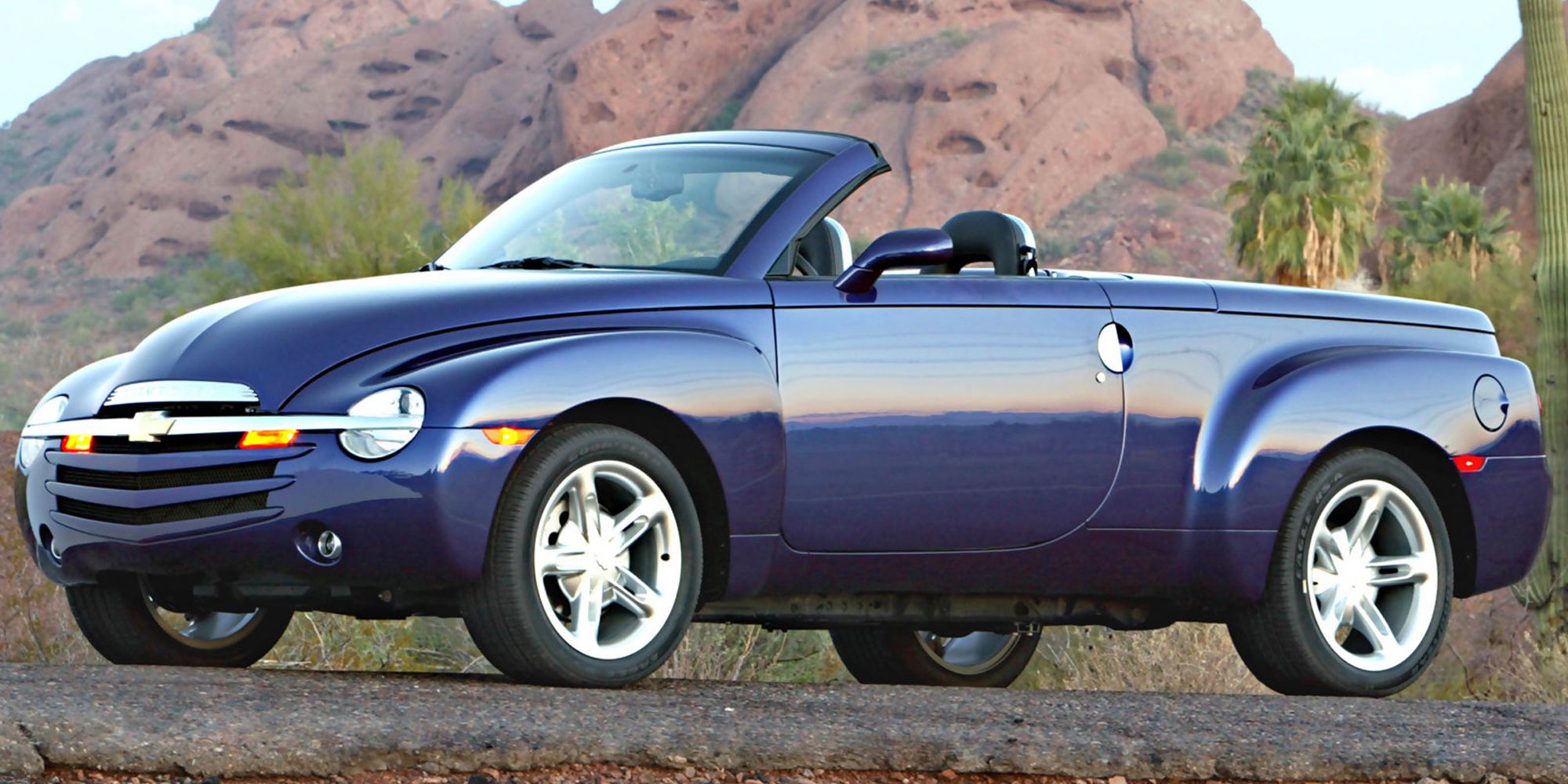
The Chevrolet SSR is probably one of the weirdest designs to ever come from General Motors. It was classified as a Super Sports Roadster – hence the name – and could be described as a convertible sports pickup truck that nobody wanted. The styling was described by GM designers as ‘modern retro’ and they apparently used the late-1940s Chevrolet Advanced Design pickup trucks as inspiration.
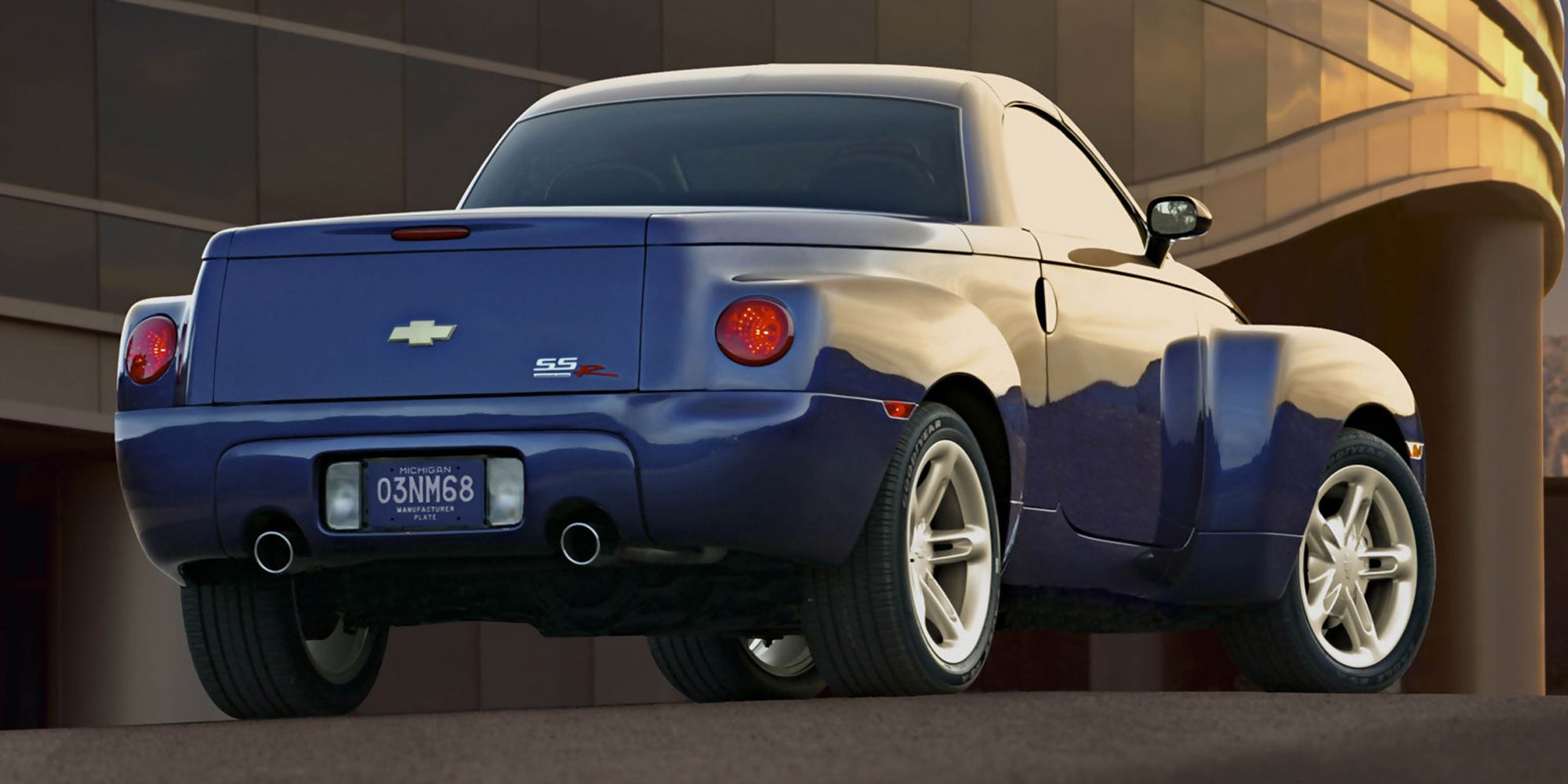
The good thing about the SSR was that it at least featured a V8 engine, unlike the similarly styled Plymouth Prowler. Another good aspect was that the SSR was relatively cheap to buy and maintain as it used a reliable LS2 V8. The early 2000s were interesting times for automotive design in the US.
7 Cadillac XLR
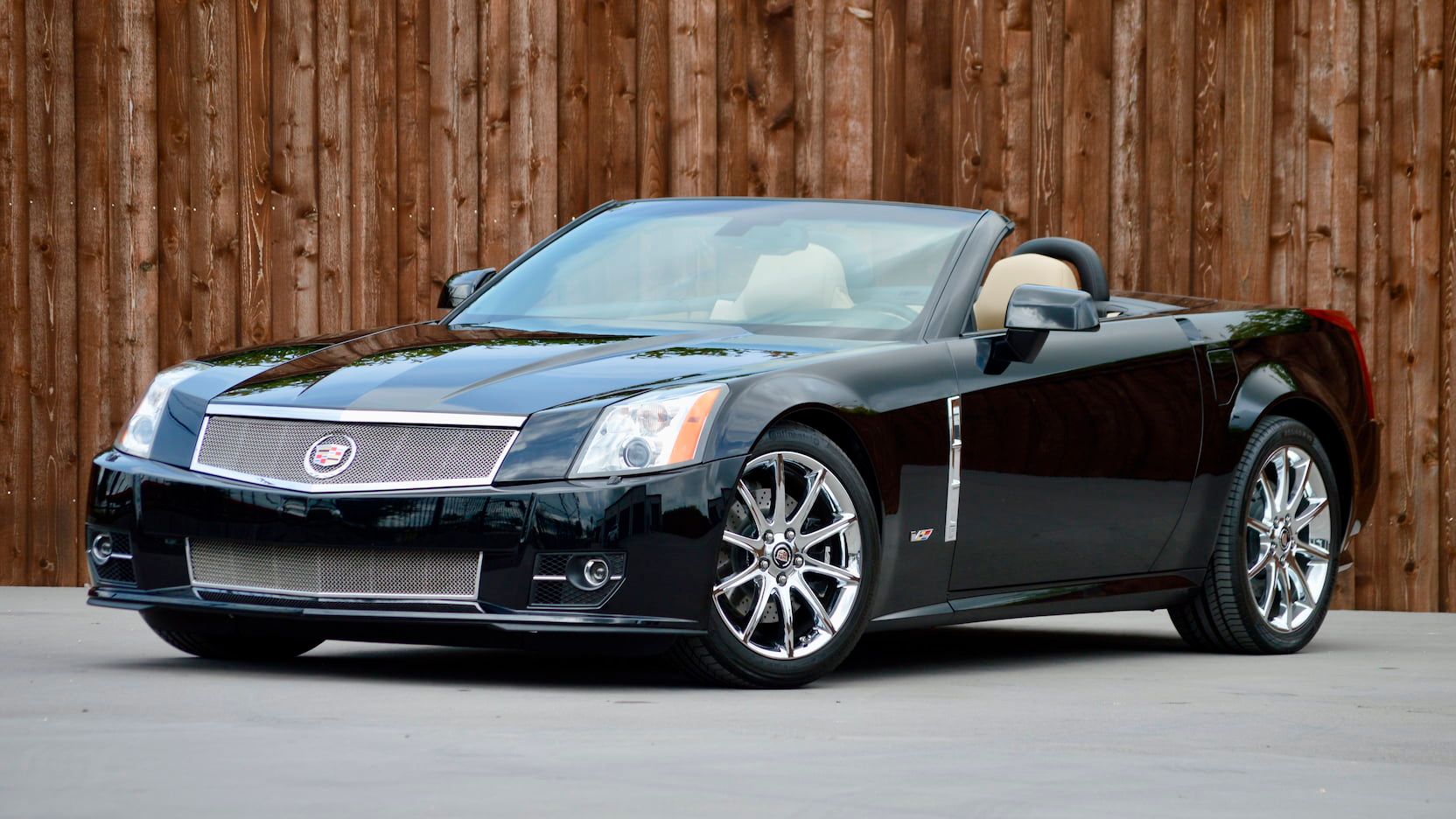
The Cadillac XLR was an attempt to create a performance luxury convertible under the Cadillac brand. It was based on the Y-Body platform which underpinned the Chevrolet Corvette, resulting in relatively good handling and a sporty drive. Cadillac then added the Northstar V8 under the hood and sold it as a luxury car in line with other Cadillacs of the era.
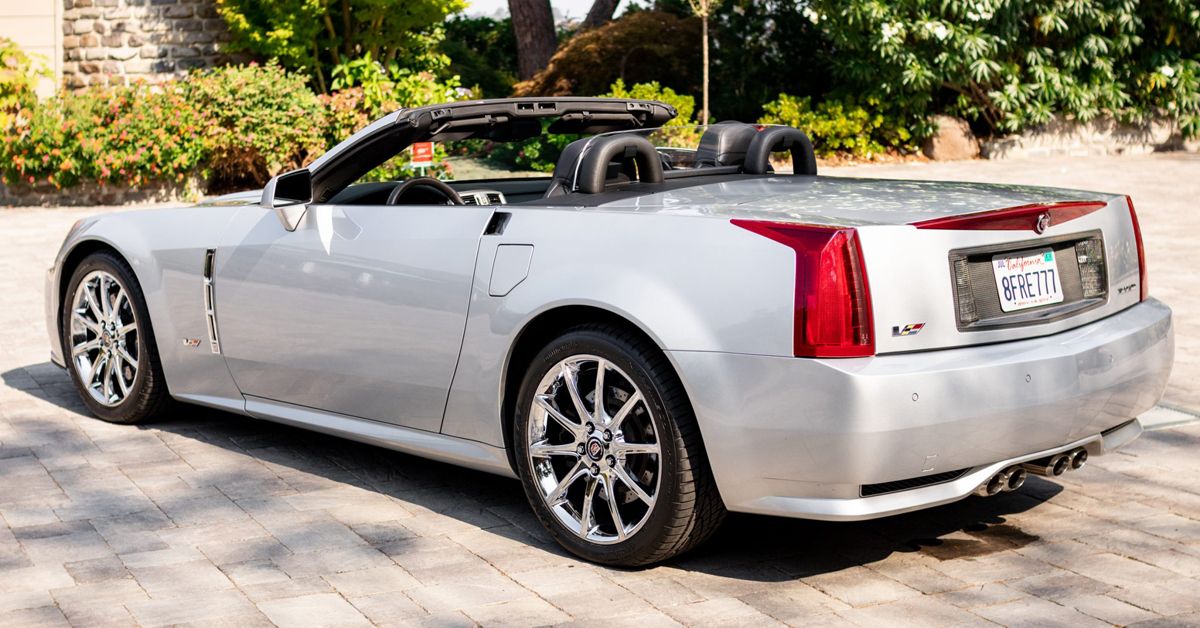
When this didn’t work, they added a supercharger to the engine and created the XLR-V, a higher performance version to compete with the Corvette. Unfortunately, this didn’t work either and the XLR was discontinued in 2009, with only around 15,400 units produced over five years.
6 Buick Cascada

The Buick Cascada was a hatchback-based convertible, like the VW Golf Convertible. The Cascada was based on the Opel Cabrio, which itself was based on the Opel Astra hatchback. The Cascada could be optioned with a 1,4-liter turbo or a series of gasoline 1.6-liter turbos, or a 2.0-liter diesel.

Depending on the market, the Buick Cascada was available as an Opel, a Vauxhall or a Holden, thanks to all these companies falling under the GM corporate umbrella. Fortunately, the Cascada was discontinued in 2019, along with all its counterparts, as it quite obviously was not all that popular.
5 Pontiac GTO
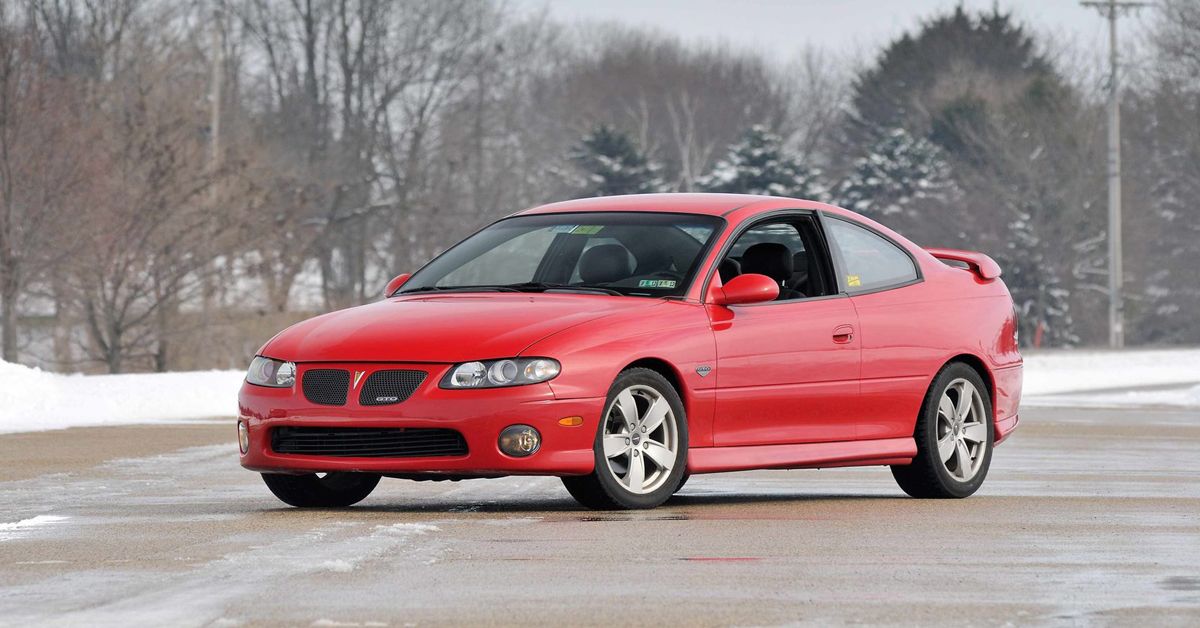
The Pontiac GTO is one of the greatest muscle cars of the 1960s and 1970s. But when GM decided to revive the GTO name in 2003, it turned out to be a flop. The GTO was based on the Australian Holden Monaro platform, which by the time the GTO came along, was outdated and outclassed.
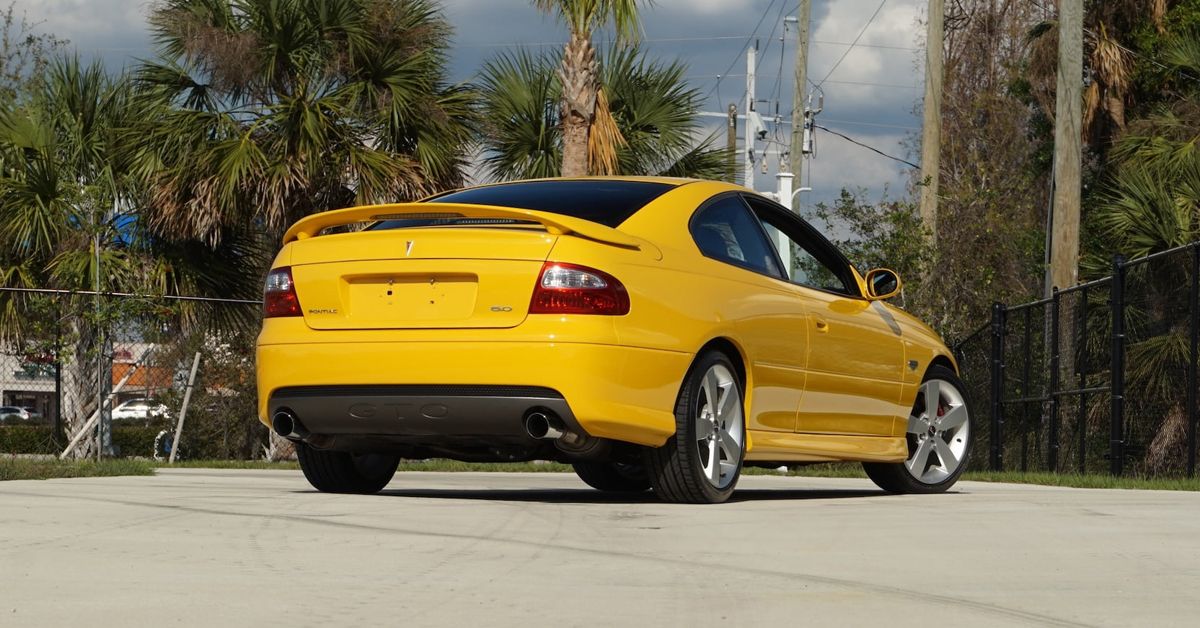
Still, Pontiac kept at it, and – like the Buick Cascada – the GTO was one of many of the exact same cars, along with the Vauxhall Monaro and Chevrolet Lumina. The Pontiac GTO only lasted for two model years before being discontinued due to slow sales. Quite a flop for a legendary name.
4 Saturn Ion Quad Coupe Redline Edition
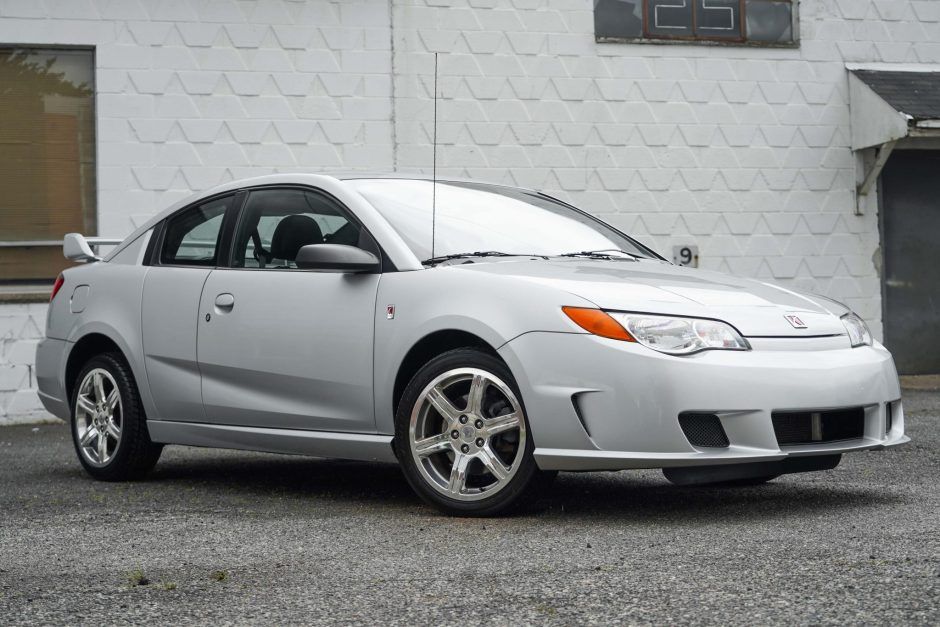
The Saturn Ion is one of those cars which looks so incredibly generic that it would go unnoticed when parked amongst a Chevrolet Malibu and Dodge Journey. Saturn realized this and thus decided to create a more noticeable version in the form of the Ion Quad Coupe Redline Edition, which was a 4-door coupe with a generic spoiler on the back.

The Quad Coupe Redline Edition had one aspect worth conversing about, and that was the fact that the engine was the same supercharged 2.0-liter inline-4 that could be found in the Chevrolet Cobalt SS. Saturn even offered factory upgrades to the car, which boosted power to 241 hp. This still didn’t work.
3 Pontiac Solstice
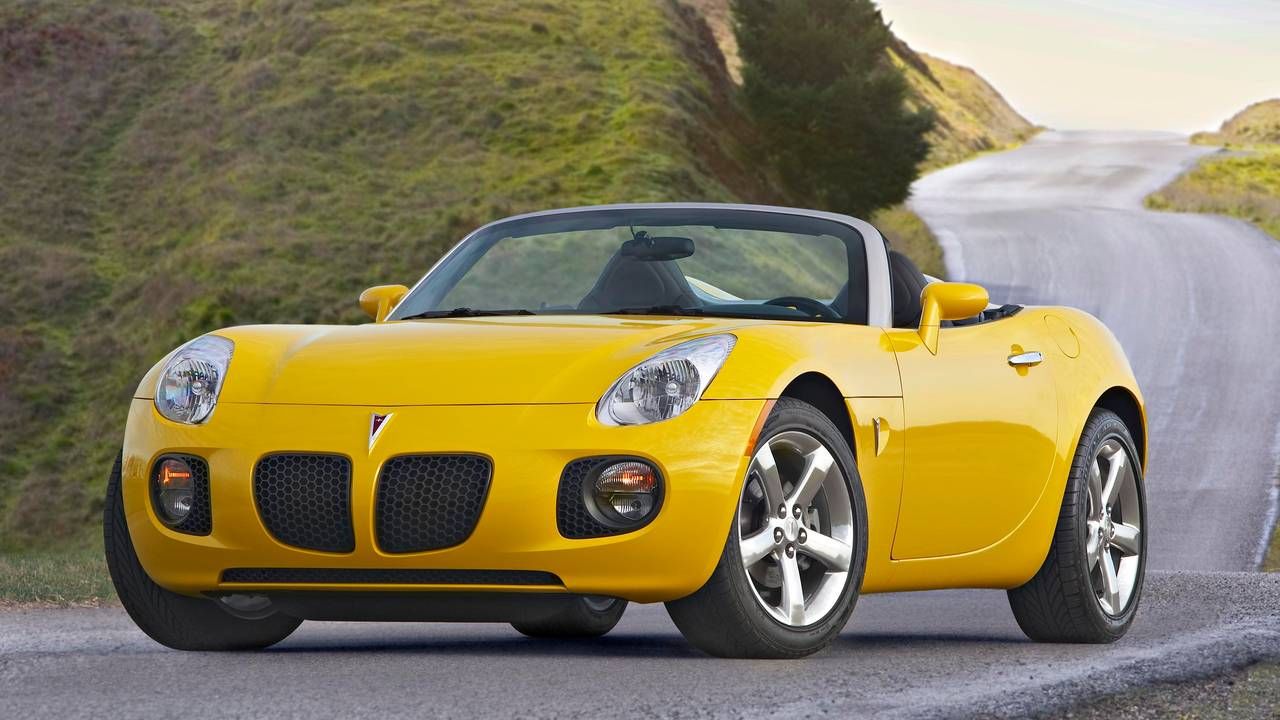
The Pontiac Solstice was a rather cool sports car built by Pontiac between 2006 and 2010 and featured either a 2.4-liter naturally aspirated i4, or a 2.0-liter turbocharged i4. The latter engine produced 260 hp and 260 lb-ft of torque, making it the highest specific output engine in GM’s history at the time. New owners could even option an upgrade that boosted the engine’s performance to 290 hp and 340 lb-ft of torque.
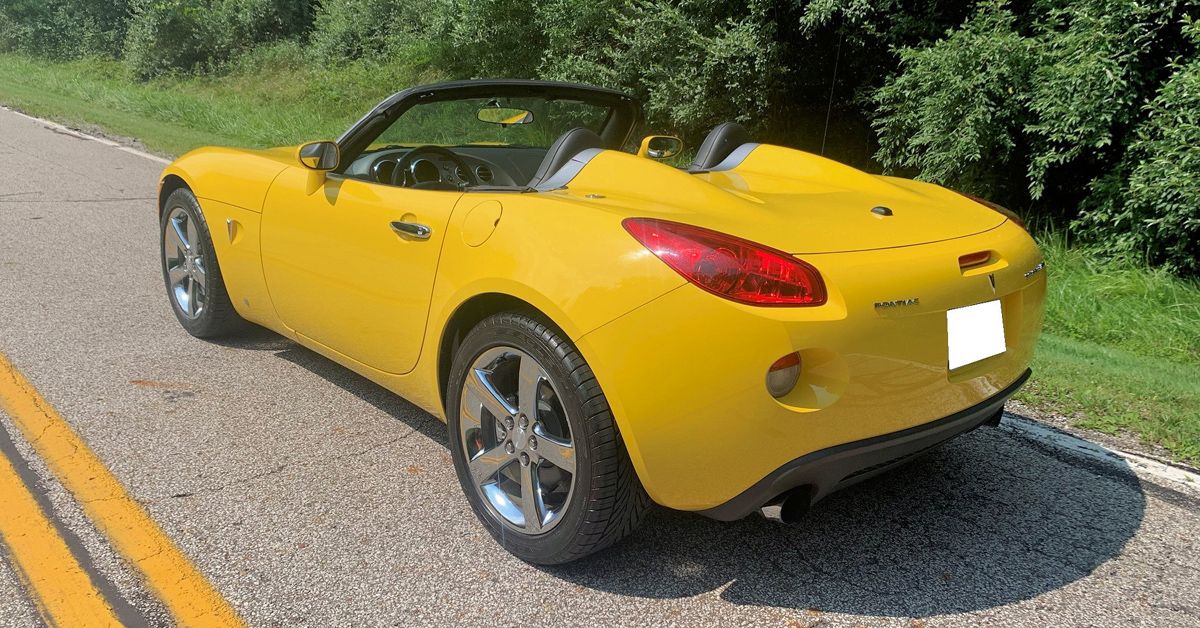
The Solstice in its entirety was also used as the Saturn Sky Roadster, the Opel GT, and the Daewoo G2X. The Solstice sold around 65,000 units during its production run, but it is now a mostly forgotten sports car.
2 Chrysler Sebring Convertible

The Chrysler Sebring is another rather generic car until the third generation came along in 2007. One of the last Chrysler’s to follow the retro-inspired design language which was evident on the Prowler and PT Cruiser, the Sebring looked more like a boat than a car, thanks to the vertical lines on the hood.
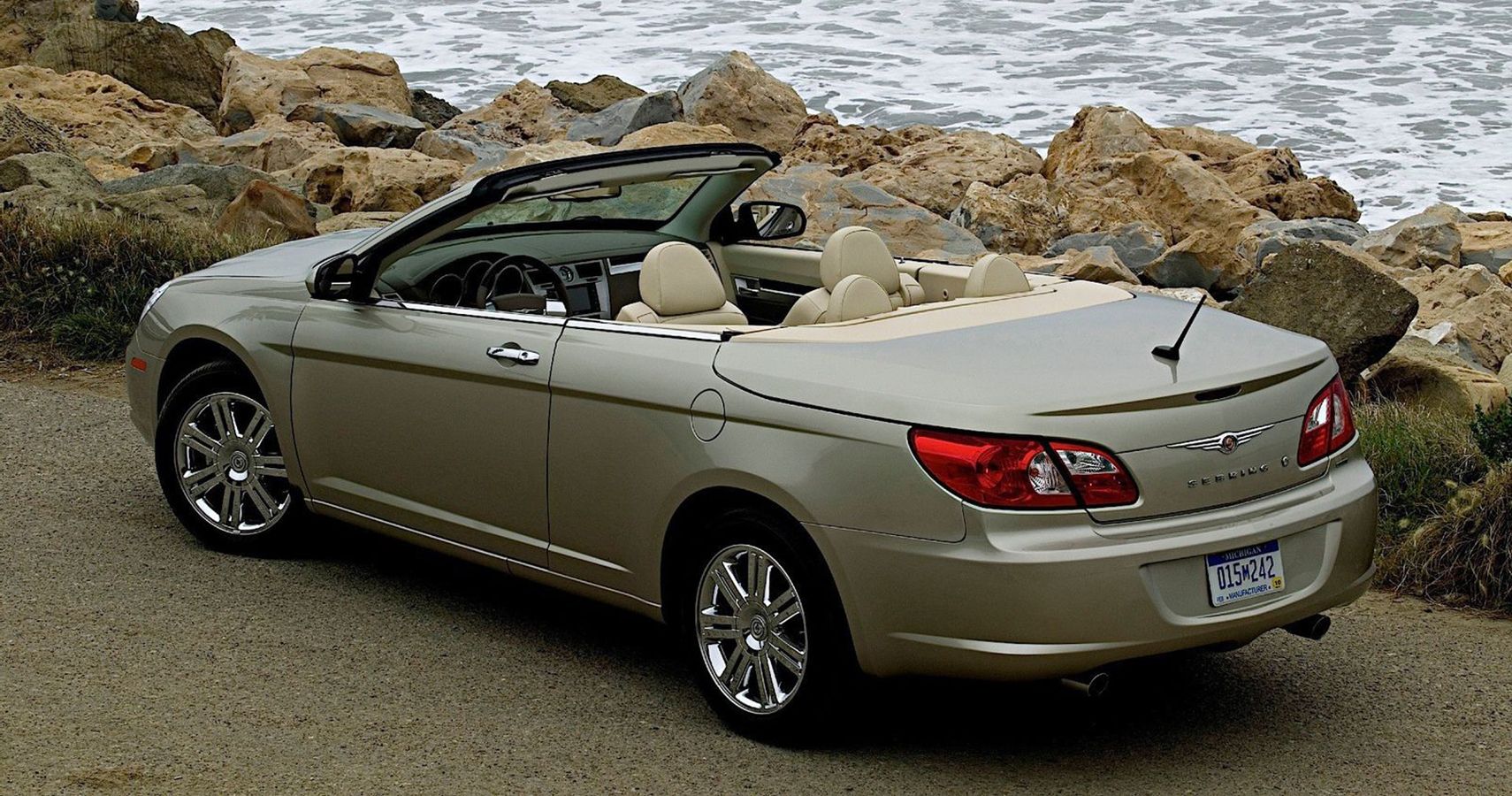
The Sebring Convertible was fitted with the same 2.4-liter as the PT Cruiser but was later updated to a 2.7-liter V6, with the option of the 3.5-liter V6 from the 300C. The Sebring Convertible was a truly terrible car with bloated styling, thirsty engines, and awful handling. Luckily the car only lasted two model years before being discontinued altogether.
1 Fisker Karma
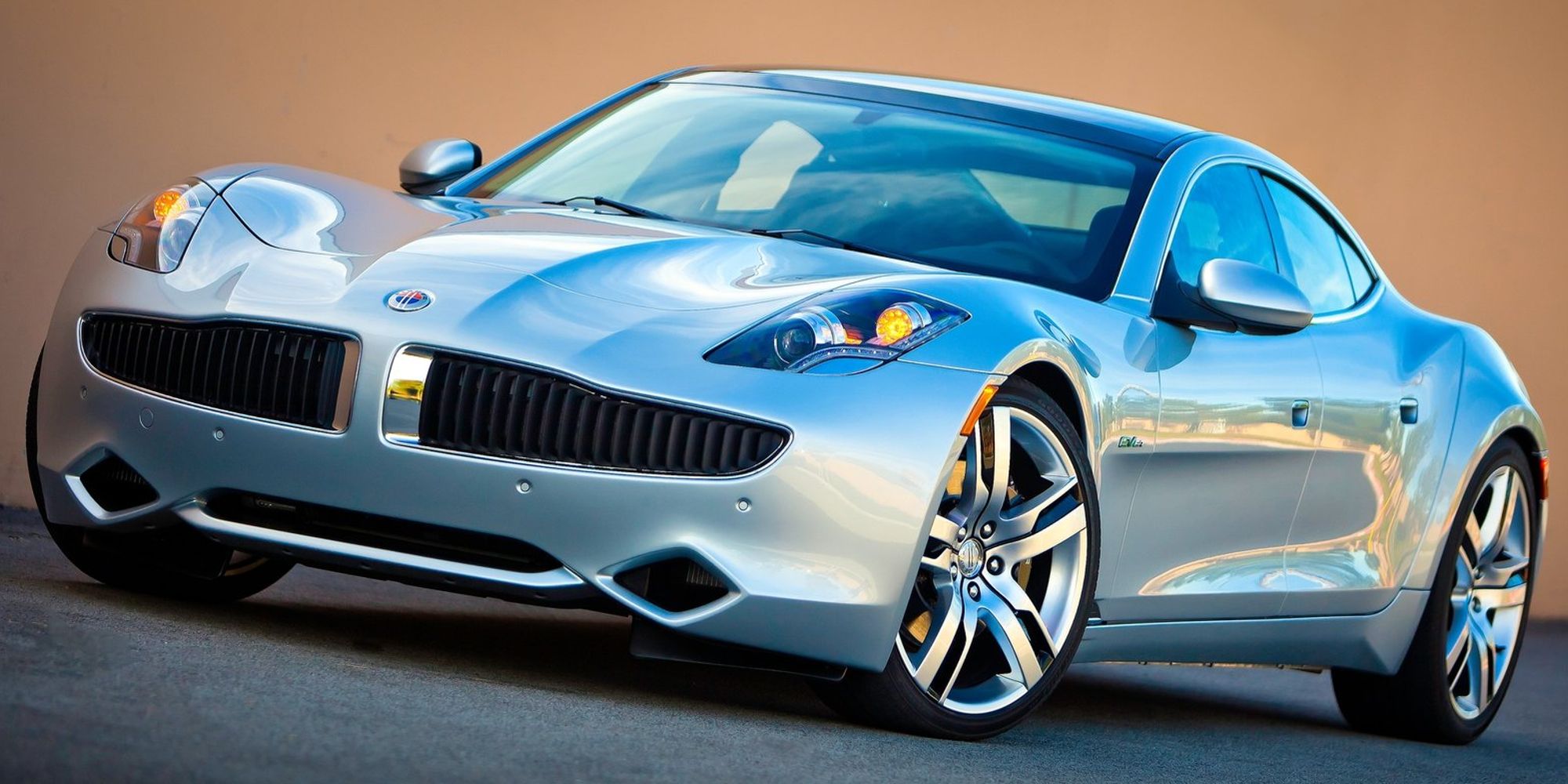
The Fisker Karma is probably the coolest flopped sports car to ever exist. It was supposed to be a sporty electric car from the mind of the man who designed the Aston Martin DB9, the BMW Z8, and the awesome Mustang-based Fisker Rocket. The Karma had a revolutionary drivetrain, with the electric motors constantly in control, but a gasoline engine under the hood to act as a generator when the batteries run out.

The Karma produced 403 hp and a massive 960 lb-ft of torque from two rear-mounted electric motors. Unfortunately, despite relatively good sales, the Karma flopped as a car, due to various issues regarding spontaneous combustion and part supply delays, costing Fisker Automotive so much more money than they initially bargained for. Today, the originally $100,000+ Fisker Karma can be found on the second-hand market for less than $35,000.
Read Next
About The Author
